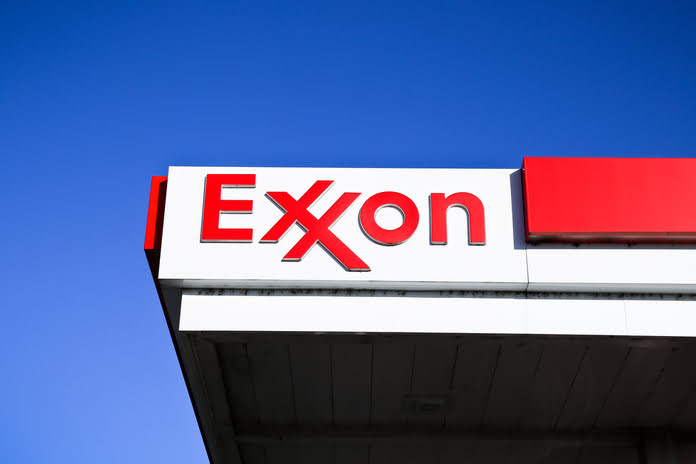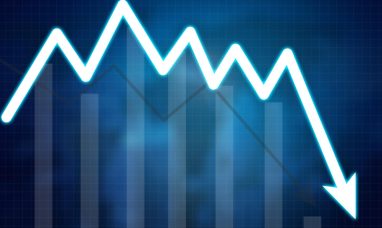The recent extension of voluntary supply cuts by OPEC+ members Russia and Saudi Arabia has driven oil prices to their highest levels in the past 10 months, coinciding with the gradual normalization of stubbornly high inflation. Since the production announcement on September 5th, West Texas crude for October delivery (CLV23) has surged by 2.4%.
With OPEC+ now predicting the tightest oil market supply in a decade and the Energy Information Administration (EIA) projecting that oil demand will surpass supply until at least 2024, it appears that oil prices are poised to remain elevated for the foreseeable future.
For investors seeking to capitalize on the upswing in crude oil prices, Exxon Mobil (NYSE:XOM) presents a compelling opportunity. Founded in 1882, Exxon stands as the world’s leading oil and gas producer, boasting a market capitalization of $470.33 billion and operations spanning over 40 countries. The company’s core activities encompass the exploration and production of crude oil and natural gas, as well as the refining, marketing, and distribution of petroleum products.
Here are three key reasons why Exxon has emerged as a top energy stock to consider right now:
1. Stronger Earnings Beneath the Surface
At first glance, Exxon’s Q2 2023 financial results may seem disappointing. Not only did revenue and earnings decline compared to the previous year, but they also fell short of consensus estimates. Revenues tumbled by 27.4% year-over-year to $80.8 billion, while earnings per share (EPS) plummeted by 54% to $1.94.
However, a closer examination reveals a more promising story. Exxon faced particularly challenging year-over-year comparisons for its most recent quarter, given the elevated crude oil prices exceeding $100 per barrel throughout much of the first half of 2022. In fact, when compared to Q2 2018, a period when commodity prices more closely resembled current levels, Exxon nearly doubled its earnings in the recently concluded quarter. CEO Darren Woods attributed this growth to the company’s efforts to reshape its business portfolio, invest in advanced projects, and enhance efficiency and effectiveness.
CFO Kathryn Mikells added that, excluding the record-setting performance in 2022, Q2 2023 marked Exxon’s best second-quarter showing since at least 2011, driven by cost-cutting initiatives and asset sales. Furthermore, the company achieved record global refinery throughput in the last 15 years, processing 4.173 million barrels per day, reflecting a 4.6% increase from the previous year. Net production of crude oil, natural gas, and other petroleum products reached 2.353 million barrels per day, up 2.4% year-over-year, fueled by record quarterly production in the Permian Basin and Guyana, which saw a 20% year-over-year growth.
Despite a year-over-year drop in free cash flow and cash flow from operating activities, Exxon remains on track to achieve structural cost savings of $9 billion by the end of 2023. Additionally, Exxon’s strategic acquisition of Denbury (DEN) for $4.9 billion enhances its clean energy portfolio, granting access to a substantial CO2 pipeline network, Gulf Coast, and Rocky Mountain oil and natural gas operations, and positioning the company to extract 100,000 tons of lithium annually.
2. Attractive Valuation and Dividend Yield
Exxon has outperformed both the Energy Select Sector SPDR Fund (XLE) and its primary competitor, Chevron (CVX), over the past year. While Exxon’s stock has appreciated by 26% in the past 52 weeks, the broader XLE has seen a more modest gain of just under 20%, and Chevron has experienced a comparatively minor increase of 7.9%.
Despite its price outperformance, Exxon remains attractively valued in comparison to Chevron. Exxon currently trades at a forward price/earnings (P/E) ratio of 12.94, slightly higher than Chevron’s forward P/E of 12.68. However, Exxon is more favorably valued based on price/sales, with a multiple of 1.10 compared to Chevron’s 1.24. Additionally, in terms of price/cash flow, Exxon boasts a ratio of 5.73, lower than Chevron’s 6.06.
Furthermore, Exxon has a 24-year track record of dividend growth, offering a current yield of 3.1%, which aligns closely with energy sector averages.
3. Analysts Anticipate Further Upside
Considering these factors, analysts remain optimistic about Exxon’s future. The consensus rating on the stock is a “Moderate Buy,” with a mean target price of $123.88, indicating a potential upside of approximately 6.3% from current levels. Out of 18 analysts covering the stock, 8 have assigned a “Strong Buy” rating, and 10 have rated it as a “Hold,” which represents a slightly more bullish configuration compared to one month ago.
Conclusion
Exxon is positioned to benefit significantly from the current upswing in oil prices, thanks to its decades of operational expertise and its dominant position in the global oil and gas industry. Investors should consider Exxon as a top energy stock, not only for its increasing production levels, substantial cash reserves, disciplined earnings approach, and attractive dividend yield but also for its strategic initiatives in the clean energy sector, which provide the potential for substantial shareholder value in the coming years.
Featured Image: Megapixl















